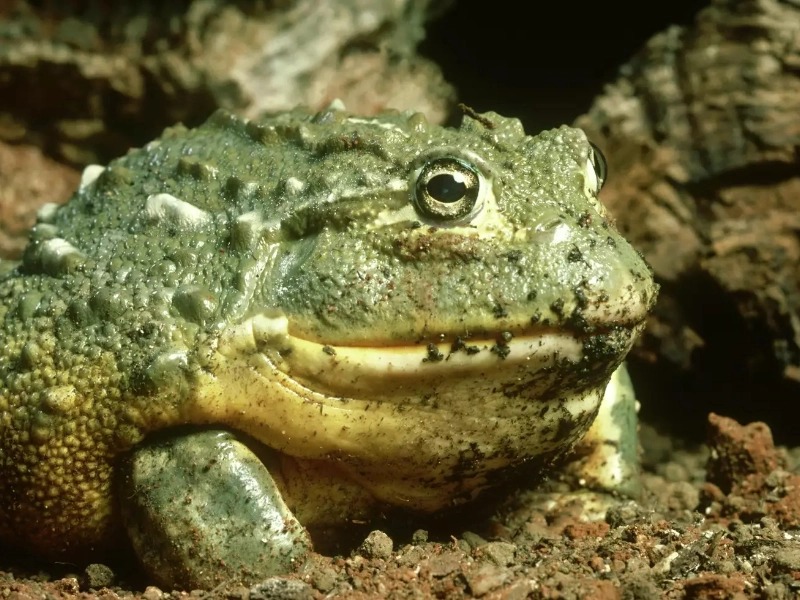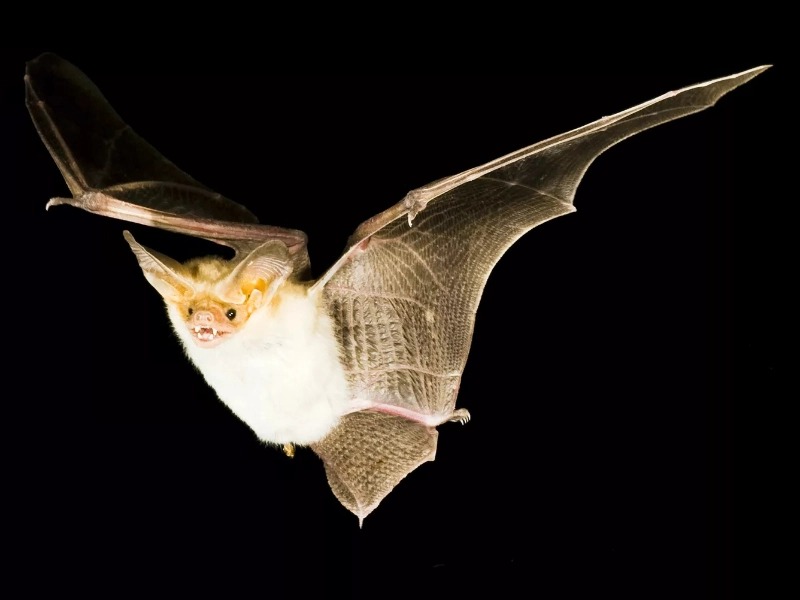
17 Animals Amazingly Adapted to Thrive in Deserts
By • Last Updated15. Pallid Bat

The pallid bat (Antrozous palidus) is a unique species that has remarkably adapted to thrive in the arid environments of western North America and Cuba. Known for its pale coloration and large ears, this bat exemplifies how mammals can survive in challenging desert conditions, showcasing a variety of adaptations that enhance its survival in such ecosystems.
One of the most distinctive features of the pallid bat is its oversized ears, which are nearly as long as its body. These large ears enable the bat to detect sounds in the stillness of the desert night, significantly improving its hunting success. The pallid bat uses echolocation, employing its keen hearing to locate insects and small animals. The increased surface area of its ears allows it to pick up even the faintest sounds, making it an effective nocturnal predator.
Unlike many other bat species, the pallid bat exhibits a remarkable ability to regulate its body temperature. During the winter months, it hibernates, which helps it align its internal temperature with that of its environment, conserving energy. This physiological adaptation is especially advantageous in desert habitats, where temperatures can fluctuate dramatically between day and night. By reducing its energy expenditure during periods of inactivity, the pallid bat can endure longer stretches without food, which is crucial in environments where food availability may be unpredictable.
Primarily insectivorous, pallid bats feast on moths, beetles, and crickets, employing unique hunting techniques. They often swoop down to capture insects directly from the ground or vegetation, a strategy that proves highly effective during the cooler nighttime hours when insects are more abundant.
Socially, pallid bats are known to roost in colonies, typically choosing rocky crevices, caves, or abandoned structures. These communal roosts provide protection from the elements and predators, allowing the bats to conserve energy while resting. During the breeding season, females often gather in large numbers to give birth and rear their young, which fosters a strong sense of community among the bats.
Overall, the pallid bat serves as a fascinating example of adaptability to desert life. Its unique physical characteristics, hunting strategies, and ability to regulate body temperature highlight the species’ resilience in one of the harshest habitats on Earth. Understanding the special adaptations of the pallid bat is essential for ensuring its survival as conservation efforts continue to focus on maintaining bat populations and their habitats in a rapidly changing environment.